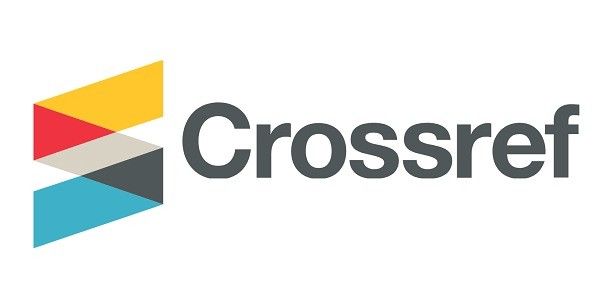Abstract
Museum dioramas are widely recognised as historic visual tropes used to frame the grandeur of the outside world within an interior viewing space. With the development of digital technologies, data projection and soundscape have increasingly replaced diorama production as a means to transform these once static-animal-posed-in-painted- habitat with immersive interiors that engage the visual and aural senses alike. Andre Breton proposes that two modes of consciousness exist: an exterior world of facts and an interior world of emotions. These interiors and exteriors produce an interface and exchange. An invitation to respond to the interior of RMIT University’s First Site gallery provided an opportunity to experiment with the three traditional dioramic elements used to bring the exterior world into an interior employing taxidermy, model making and set painting. By engaging digital technologies in response to these three elements, I developed a sensorial interior, where the exterior world of facts was set into dialogue with the interior world of emotion. A physical encounter that expanded on ‘interior’ as an experiential, relational, phenomenal and emotive space.
Publication Date
7-30-2018
References
Attar, F. (1984). The conference of the birds. (A. Darbandi & D. Davis, Trans.) (Re-issue ed.). Harmondsworth; New York, NY: Penguin Classics.
Attiwill, S. (2004). Towards an interior history. In IDEA Journal, 2004, 1–8. Retrieved from http://idea-edu.com/journal_context/2004-idea-journal/
Attiwill, S. (2007). What’s in a canon. In E. Hollis (Ed.), Thinking inside the box: A reader in interiors for the 21st century (pp. 57–66). London: Middlesex University Press.
Bruno, G. (2014). Surface: Matters of aesthetics, materiality, and media. Chicago: University of Chicago Press.
Caws, M. A. (1996). André Breton. New York: Twayne Publishers.
Corrin, L. G., Kwon, M., & Bryson, N. (1997). Mark Dion. London: Phaidon Press.
Endt, M. (2005). Eyes, lies and illusions: Hayward Gallery, London, 7 October 2004 – 3 January 2005. Retrieved from https://www.research.manchester.ac.uk/portal/files/63517387/surrealism_issue_3.pdf
Fischer, B. (2014). On the notion and politics of listening. In S. Schuppli (Ed.). The notion of sound and listening (pp. 9-19). Luxembourg: Casino Luxembourg.
Fowler, H. (ed). (1990). Concise Oxford Dictionary (8th ed.). New York: Oxford Clarendon Press.
Griffin, J. (2007). Marcus Coates. Frieze, 108. Retrieved from https://jonathangriffin.org/2007/06/15/marcus-coates/
Kaldal, I., & Rothfels, N. (2011). Reflections on the vitrine. Art & Research, 4(1).
Kenderdine, S., & Hart, T. (2003). This is not a peep show: The Virtual Room at Melbourne Museum (VROOM). Paris: École du Louvre Cultural Institutions and Digital Technology.
LaBelle, B. (2014). Lecture on an acoustics of sharing. In S. Schuppli (Ed.), The notion of sound and listening (pp. 20-29). Luxembourg: Casino Luxembourg.
Lambourne, R. (1999). Paint and surface coatings: Theory and practice. Cambridge: Woodhead.
Lear, E. (2013). Edward Lear’s nonsense birds (Reprint). Oxford: Bodleian Library.
McShine, K. (1999). The museum as muse: Artists reflect. New York: The Museum of Modern Art.
Pink, S. (2015). Doing sensory ethnography. London: Sage.
Quinn, S. (2006). Windows on nature: The Great Habitat Dioramas of the American Museum of Natural History. New York: Abrams.
Rickards, H., & Chodzko, A. (2016). Hannah Rickards: Grey light. Left and right back, high up, two small windows. Retrieved from http://fogoislandarts.ca/news/exhibitions/hannah-rickards-grey-light-left-right-back-high-two-small-windows/
Schivelbusch, W. (1988). Disenchanted night: The industrialization of light in the nineteenth century. California: University of California Press.
Thompson, C. (2012). We bury our own. Melbourne: Gallery Gabrielle Pizi.
Submitted Date
2018-05-21
Accepted Date
2018-07-18
First Page
173
Last Page
184
Recommended Citation
Edwards, S. (2018). Sensorial Interior: Museum Diorama as Phenomenal Space. Interiority, 1 (2), 173-184. https://doi.org/10.7454/in.v1i2.29
Creative Commons License

This work is licensed under a Creative Commons Attribution-NonCommercial 4.0 International License
Author(s) retain the copyright of articles published in this journal, with first publication rights granted to Interiority.






